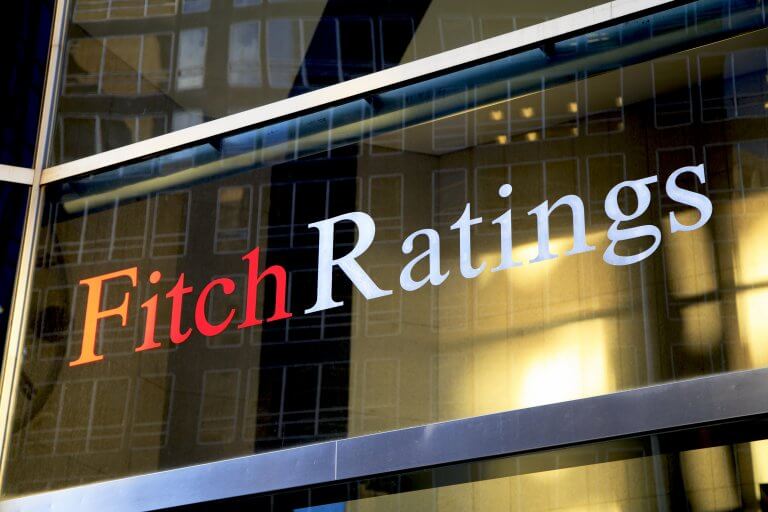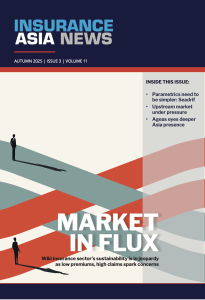SIRC: APAC (re)insurers face execution risks amid evolving regulatory environment: Fitch
November 4 2025 by Joana Nguyen
Asia-Pacific (re)insurers are navigating a nuanced regulatory environment in 2025, including selective easing of capital requirements, enhancement of volatility buffers, and heightened expectations for capital quality, governance, and consumer outcomes, according to Kanishka de Silva, director at Fitch Ratings.
“Fitch Ratings expects the changes to balance insurers’ resilience with growth, reduce their pro-cyclicality and strengthen consumer outcomes, but they also introduce execution risks and potential earnings volatility for (re)insurers,” he said.
Specifically, in China, State Council Information Office has announced a 10-percentage-point cut to equity capital charges under the C-ROSS framework. This, along with the phase 2 transition, which was extended to end-2025, should increase solvency headroom and support longer-duration investing, particularly for life insurers, said de Silva.
The regulator has also guided large state-owned insurers to allocate around 30% of new annual premiums to A-shares from January 2025.
“These measures aim to deepen domestic market liquidity and anchor investment horizons, but they also increase the need for disciplined asset–liability management (ALM), rigorous stress testing and effective hedging, given potential equity market volatility and liquidity stresses,” he said.
Meanwhile, South Korea has lowered the K-ICS minimum capital adequacy benchmark to 130% from 150%, and extended the timeline for adopting the revised liability discount rate. Insurers will be required to apply the 30-year bond rate from 2035, instead of 2027, easing near-term capital pressure and funding costs and providing insurers flexibility to adapt to the new regime.
Yet, according to de Silva, stricter core capital ratio rules, due in the second half of 2025, and the duration gap indicator, effective from 2027, will be a stronger test of resilience and could sharpen differentiation.

“The change will dampen fire-sale risks during stress and lean against exuberant phases, while preserving strategic asset allocations.”
Kanishka de Silva, Fitch Ratings
“(Re)insurers reliant on weaker forms of capital or lacking robust ALM discipline may face tightening constraints, while those with high-quality capital, diversified investments and clear risk appetites are likely to navigate the transition more smoothly,” he said.
Smoothing market cyclicality is evident in policy updates across the region, the director added. Singapore introduced an equity counter-cyclical adjustment, calculated using monthly average year-on-year returns, that is designed to temper swings in capital strain.
“The change will dampen fire-sale risks during stress and lean against exuberant phases, while preserving strategic asset allocations,” said de Silva.
Elsewhere, Taiwan’s transitional measures ahead of full implementation in 2026 of the Insurance Capital Standards and IFRS 17 will help insulate solvency from currency and measurement shifts, he added. These measures span averaged FX rates, updated reserving assumptions and strengthened FX fluctuation reserves.
Access to risk transfer is broadening, with capital frameworks adapting to market conditions, according to Jessica Pratiwi, associate director at Fitch Ratings.
The Australian Prudential Regulation Authority’s (APRA) ongoing reinsurance consultations, which now include removing reinstatement requirements, aim to expand protection capacity and make alternative reinsurance arrangements, such as cat bonds and ILS, more attractive.

“In the non-life sector, stricter commission controls for non-motor lines are shifting competition from commission-led acquisition towards risk-based pricing and disciplined underwriting.”
Jessica Pratiwi, Fitch Ratings
“Building on the same balance between rigorous risk management and appropriately calibrated capital, APRA’s consultation on annuity products seeks to revise the illiquidity premium, potentially lowering capital requirements for insurers with closer asset–liability matching and robust risk controls and paving the way for more competitive retirement products without compromising policyholder protection,” Pratiwi said.
Conduct and sales practices are also in focus, she added.
Specifically, Hong Kong’s new 50% benchmark on broker referral fees for participating policies, with enhanced disclosures when fees exceed the threshold, aims to boost transparency and reduce conflicts, even if intermediaries need to recalibrate economics in the near term.
In China, the National Financial Regulatory Administration has promoted the transition to floating-income products (participating), and stricter commission controls for the agency and broker channels.
“In the non-life sector, stricter commission controls for non-motor lines are shifting competition from commission-led acquisition towards risk-based pricing and disciplined underwriting,” said Pratiwi.
Meanwhile, in Indonesia, impending higher minimum equity requirements are likely to prompt consolidation of the fragmented (re)insurance market as weaker insurers are likely to be acquired in the absence of capital injections, she said.
The country’s Financial Services Authority will raise the minimum equity requirements for (re)insurers in two stages that are likely to come into effect by end-2026 and end-2028.
-
QBE | Elevating customer experience, humanising claims: QBE Asia’s ‘Solutions in a Box’
Vastly improving turnaround times and personalising service delivery, QBE Asia’s award-winning, end-to-end bundled claims solutions is a game-changer for the insurance industry.
-
Beazley | What does cyber protection look like from day 1 to day 600 and beyond?
Cybersecurity is no longer just an IT concern, but a governance issue that belongs on the boardroom agenda.
-
Sedgwick | Preparing for the next storm
Insurance industry needs to recalibrate, invest in innovation and strengthen systems, talent and data practices.
-
Peak Re | From climate modelling to market opportunity: Forging a new clarity on Southeast Asia’s climate risk
Southeast Asia's protection gap: a crisis of clarity, not just capital

